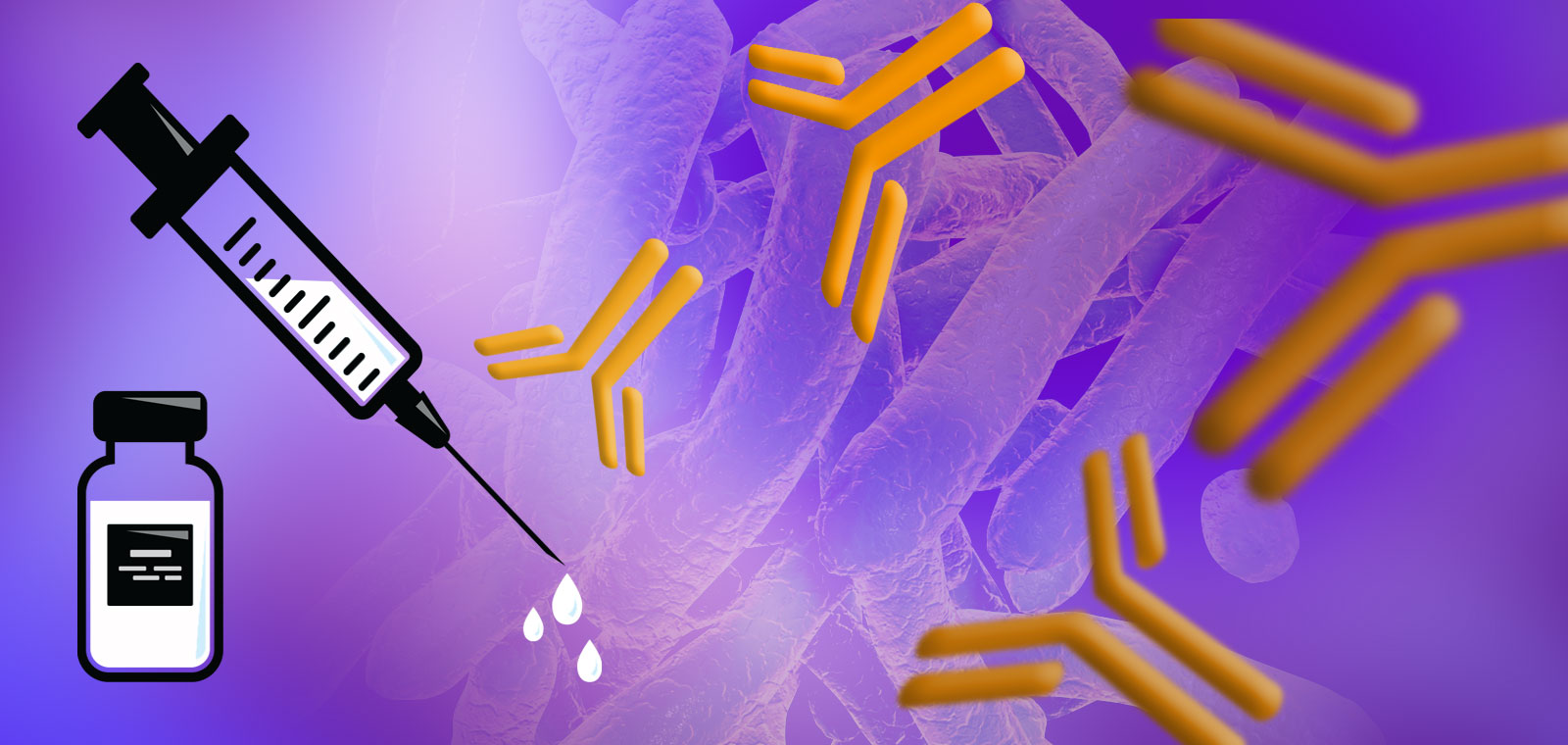
Preventive vaccines are one of the most effective and cost-saving approaches in health care. To combat tuberculosis (TB), the so-called BCG vaccine has been available for exactly a century this year. It is saving a lot of misery and especially, children’s lives. But this “jubilarian” sadly fails in reducing the severe pulmonary tuberculosis in young adults and adults, and as a result, TB takes second place after the current Covid on the list of most threatening infectious diseases worldwide.
Many research groups are going out of their way on the task of improving the current TB vaccine. BPRC is doing its bit and is, among other things, investigating how alternative vaccination routes can increase the effect of BCG.
How does it work? Correlates of protection
In previous research, BPRC’s scientists have already found that vaccination with BCG via the airways (mucosal) results in better protection compared to injecting it, as usual, in the skin. This showed that the immunity, especially in the airways, appeared to have a unique set of features, which could explain why this mucosal vaccine approach appears to work better.
If you know exactly how a vaccine is providing protection, you can make good use of this in the clinic and, at an early stage, estimate whether your vaccine program could have the desired effect. Then you specifically measure which immune factors are important for the protection (the correlates of protection) and you don’t have to wait for an accidental infection. This way, you get faster results from clinical trials and hopefully faster a cure against disease and death. The level of specific antibodies in the blood is often a good indicator, but with tuberculosis, this doesn’t appear to be important and therefore, you can’t predict the protection with this. Immune factors in the airways, such as the ones that emerged from BPRC’s research, indeed are informative, but difficult to apply in the clinic.
Follow-up study recently published
We studied this matter in more detail in a follow-up study. Here we examined if we could find correlates in the much more accessible bloodstream or maybe in the skin. After all, the skin is also used for TB diagnostics in the Mantoux test.
The results of this study have now been completed and made public, and are described in two papers that have recently been published in Cell Reports Medicine. M Vierboom et al CRM 2021 and K Dijkman et al CRM 2021.
In the publication of Dijkman and her colleagues, the previous findings are confirmed through repetition. Furthermore, BCG has been proven to be safe and effective in eliciting the immune response that the improved protection against TB predicted. The same applies to MTBVAC, the vaccine candidate that was put forward, which is derived from the human tuberculosis bacillus itself, in contrast to BCG.
Unfortunately, this stronger immune response couldn’t be measured with blood tests and neither from the skin reaction nor the local lymph node reaction. More research is needed in this area. Interestingly enough, we did observe additional and distinctive features of effective antibody function and T cell memory.
These findings match with an ever-increasing image that the immune response against TB is not only organized centrally but mostly locally, in the airways. It stimulates us to study these processes in more detail so, that one day, we will be able to reduce tuberculosis even further by using new, preventive, treatments.

